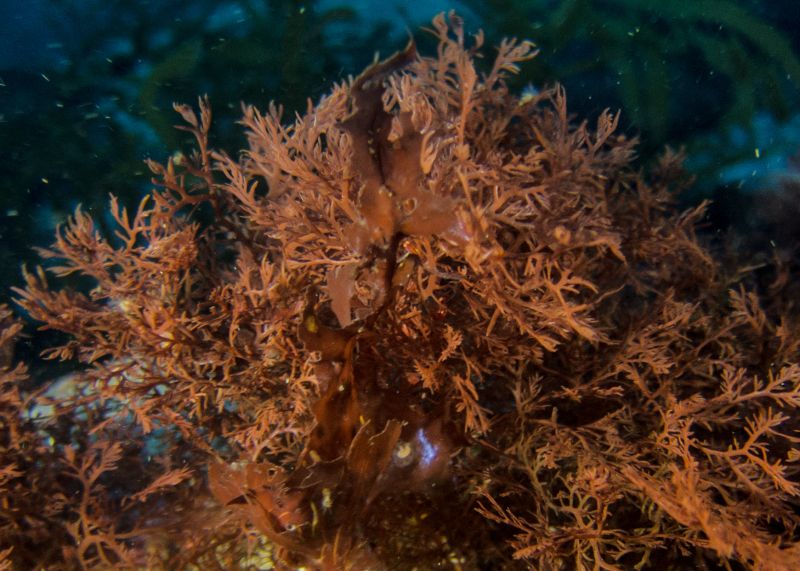
"Antarctica: the final frontier. These are the voyages of the Amsler-Baker-McClintock labs.
Its continuing mission: to explore strange new worlds, to seek out new life and new civilizations, to boldly go where no one has gone before." (Adapted from Star Trek)
Alright, we are not actually leaving planet Earth, but it certainly feels like we are advancing into new territory. The Antarctic continent is extremely special in a lot of ways. It is most certainly, the windiest, coldest and driest continent but it is also separated from all the other continents through the ocean that surrounds it. What makes it even more unique is the Antarctic Circumpolar Current. This vast current, runs around the entire continent and unless you are a strong swimmer (like a whale for example), you are not able to cross this current.
What does this have to do with my research? I am studying this very beautiful red seaweed which we currently call "Plocamium cartilagineum". But for easiness, let's call it Ploc.
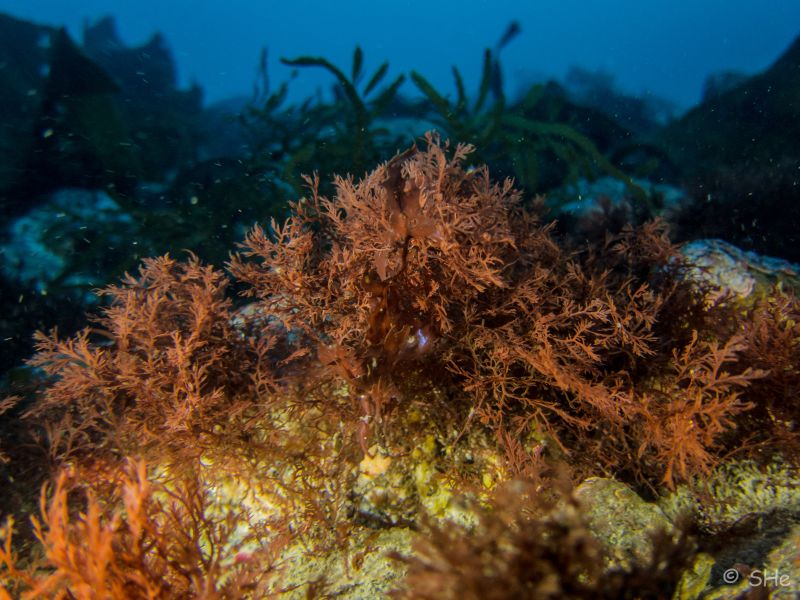
Ploc has been found all over the world. However, Ploc is a seaweed which means that it is sessile - it grows attached to things like rocks. Whilst, when it reproduces, it has the ability to travel a short distance (like seeds from a flower), it most certainly will struggle to cross the Antarctic Circumpolar Current. That means that Ploc has most likely been separated from its ancestors on the other continents for at least 15 million years. That is a long time for evolution to take place and for Ploc to adapt to the harsh conditions in Antarctica. It is very likely that Ploc has changed so much in the last 15 million years, that it has become its own species - so whilst it still looks very similar to its relatives in warmer places, it will not be able to survive, grow and reproduce under their environmental conditions. We can detect changes that took place by sequencing some of Ploc's DNA and comparing the sequences for Ploc between Antarctica and other places.
The problem is though, that it is very difficult and expensive to visit a lot of places around Antarctica which is necessary to get enough samples to see how similar Ploc's DNA is around Antarctica. Luckily, any scientist who is interested in seaweeds or plants has an herbarium - a collection of pressed seaweeds.
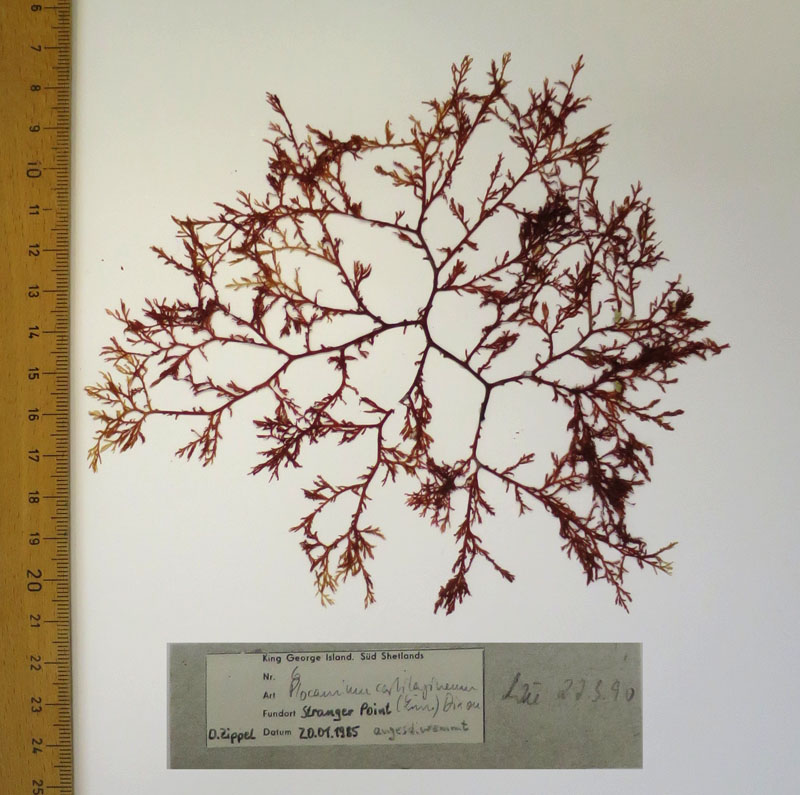
I am currently visiting some of the herbarium collections which are kept in research institutes or museums. I take a small piece of seaweed and bring it back to the laboratory to extract the DNA and sequence it.
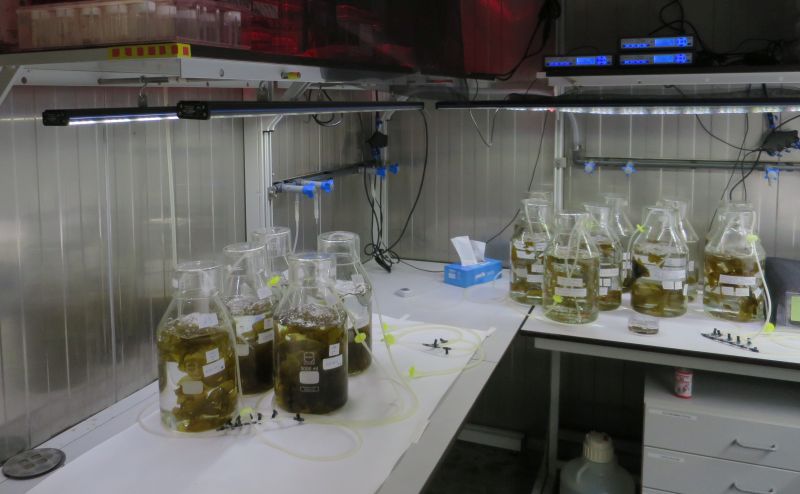
Before Christmas, I went to the Alfred Wegener Institute for Polar and Marine Research in Bremerhaven (Germany). I was hosted by Dr. Christian Wiencke who has collected Ploc from various different locations in Antarctica. It was also exciting to see their cultures - basically a greenhouse for seaweeds. These cultures can be used for experiments in the laboratory.

One of my graduate committee members, Dr. Stacy Krueger-Hadfield, also took samples for me at the Natural History Museum in London which has a very big herbarium collection. As I was looking through the samples recently, I made a really exciting discovery! I need to add at this point that during last summer I visited the old "RRS Discovery" in Scotland. She is an old sailing ship on which Scott and Shackleton, famous polar explorers, went to Antarctica between 1901 and 1904.
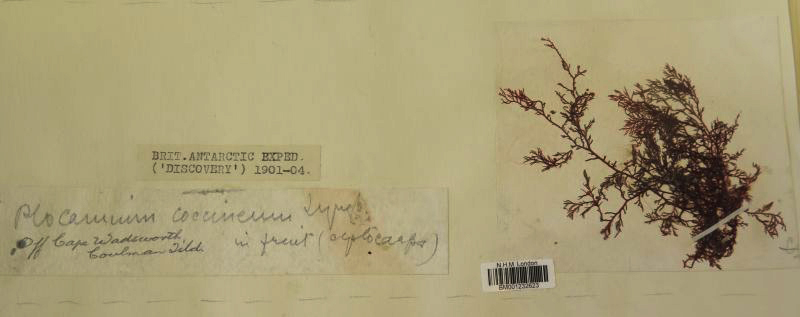
As I was sorting through the samples from the Natural History Museum, I found some that were actually collected during the 1901 to 1904 expedition to Antarctica! How cool is that?
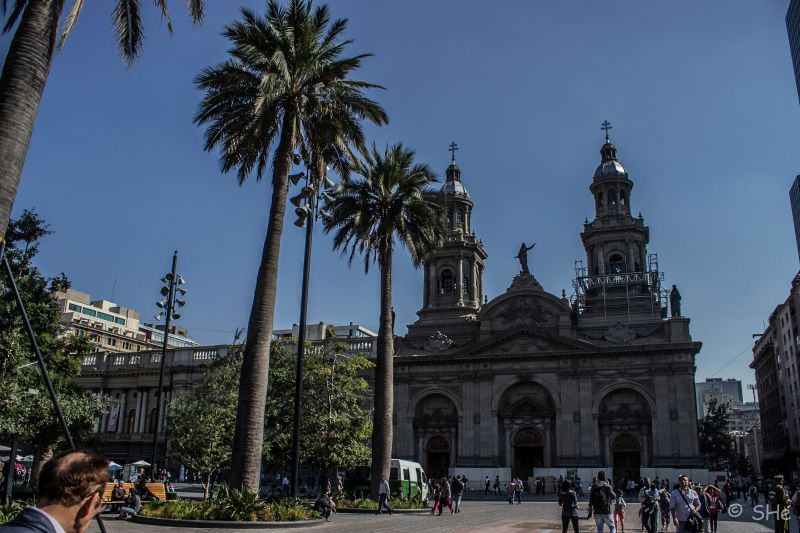
Next stop will be Santiago. On my way to Antarctica (the ship leaves from Punta Arenas in southern Chile), I will have a two-day stopover to visit the herbarium. A colleague, Dr. María Eliana Ramírez, will host me. She has also collected a lot of samples from around Antarctica which are now in the Chilean National Museum of Natural History in Santiago.
So, hopefully, we will soon be able to give Ploc in Antarctica its own name!